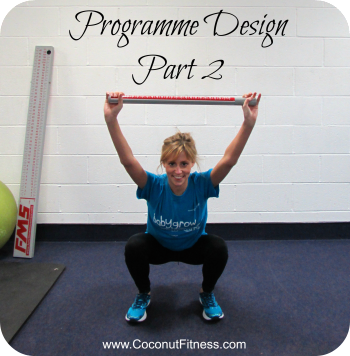
The second part of this 5-part article will now be looking at the assessment for our personal training clients focusing on posture and movement. Training movements can help fix muscles but seldom training muscles will help with movement.
This is why this section of our assessment is so crucial.
So many times I see personal trainers posting ‘before and after’ photos of their clients’ “success”.
Typically these pictures show huge improvements in weight loss but their posture is usually the same if not worse!
The same goes for movement.
It is common in the gym to see trainers give their clients squats, lunges and deadlifts but sometimes it’s clearly evident that these clients cannot perform the movements properly let alone effectively.
So, we must support the assessments conducted in part-1 of this article with a static posture observation and Functional Movement Screening.
There can be a significant difference between the static posture assessment and the dynamic posture assessment. Static posture is simply the position of the body when it is not moving and dynamic posture is when the body is moving.
Emma’s Static Posture Observation
If we hang a plumb line down the body we can visually observe any asymmetries that the body is displaying. Typically we’ll be looking at the head carriage, skull, eyes, neck, ears, shoulders, arms, hands, spine, ribs, hips, knee caps and ankles.
Lateral View – Left and Right
Imagine a plumb line hanging about 1 cm anterior to the lateral malleolus (anklebone). We begin at the foot and ankle because they are anchored to the ground, making them a reliable point of reference.
The plumb line line should hang:
- Slightly anterior to a midline through the knee.
- Approximately in line with the greater trochanter of the femur (hip bone).
- Midway between the back and abdomen as well as the front and back of the chest.
- Through the shoulder joint (providing the arms are hanging in the middle one third of the body).
- Through the lobe of the ear.
- When normal head carriage exists, the sternocleidomastoid muscle will lie at an angle of 45-60 degrees relative to the vertical.
Posterior and Anterior View
When viewed from the back or front:
- The body should be well aligned, resembling three stacked pyramids.
- The pelvis, shoulders and head should sit level with a straight spine.
Emma’s Functional Movement Screen
The seven tests of the FMS are broken into two groups; primitive and higher level. Each test is scored out of a three.
If the movement is perfect with no problems encountered then it is awarded a score of three. A score of two is given if there are compensations, faulty form or loss of alignment. A score of one is given for an incomplete movement and if pain is noted this is assigned a zero.
Primitive movement patterns that assess basic mobility and stability are the Shoulder Mobility Reaching Test and the Active Straight Leg Raise Test.
Shoulder Mobility Reaching
Active-Straight Leg Raise
Transitional movements in which a higher degree of stability, coordination and control are required are found in the Trunk Stability Push Up and Quadruped Rotational Stability movement patterns.
Trunk Stability Push Up
Quadruped Rotational Stability
Squatting, Stepping and Lunging are all considered higher level movements. These can be screened using the Deep Squat , Inline Lunge and Hurdle Step tests.
Higher level movements patterns are usually prescribed by personal trainers straight away without observing and correcting a problem at a primitive or transitional movement level.
This is obviously not advised but you’ll see many people performing squats and lunges without any sort of assessment beforehand. Unfortunately, it’s a common pitfall within the fitness industry.
Deep Squat
Inline Lunge
Hurdle Step
The Next Step…
After we have conducted a fully comprehensive two-part assessment on Emma, we’re then equipped to design a highly personalised conditioning and performance programme to assist her in training for the Chester Half Marathon.
If you have or have had personal training but didn’t experience this level of screening and assessing then maybe it’s time to seek out a CHEK Practitioner and/or a Functional Movement Screening professional in your area.
After all, you are paying for ‘personal’ training rather than a generic training routine that overlooks any pain, discomfort and movement dysfunction.
Our next article in this five-part series will explore the first phase of Emma’s conditioning programme including exercise photos and training variables.
Let us know if you have any questions in the COMMENT BOX below.
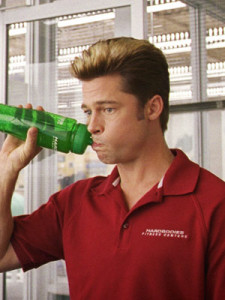
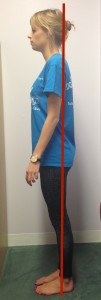


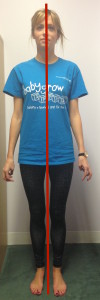
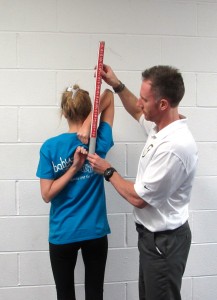
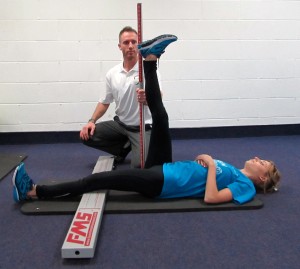
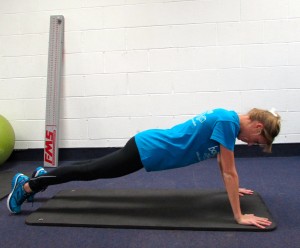
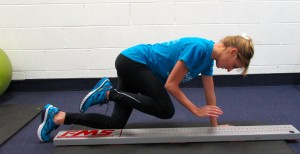
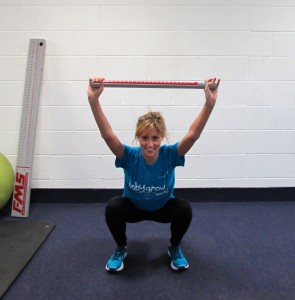
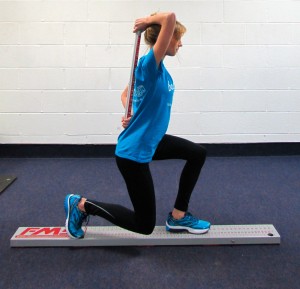
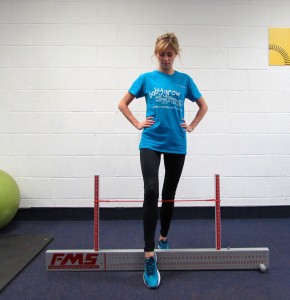
Leave a Reply
You must be logged in to post a comment.